New memory cloth does not use any electricity and will be able to be worn like normal clothing.
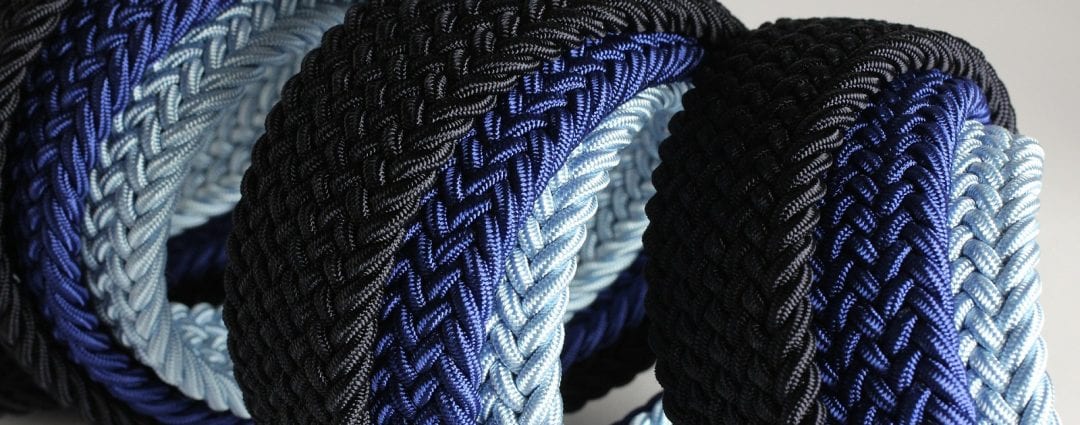

New memory cloth does not use any electricity and will be able to be worn like normal clothing.
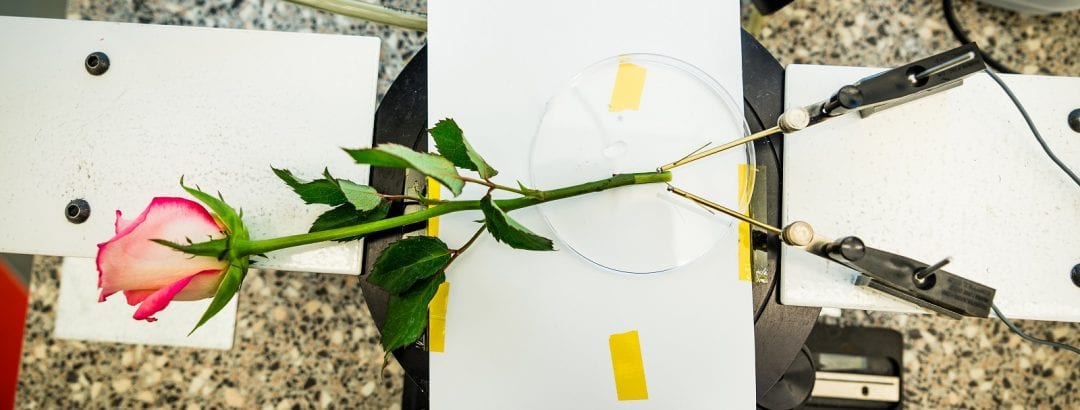
A special structure for storing energy known as a supercapacitor has been constructed in a plant for the first time.
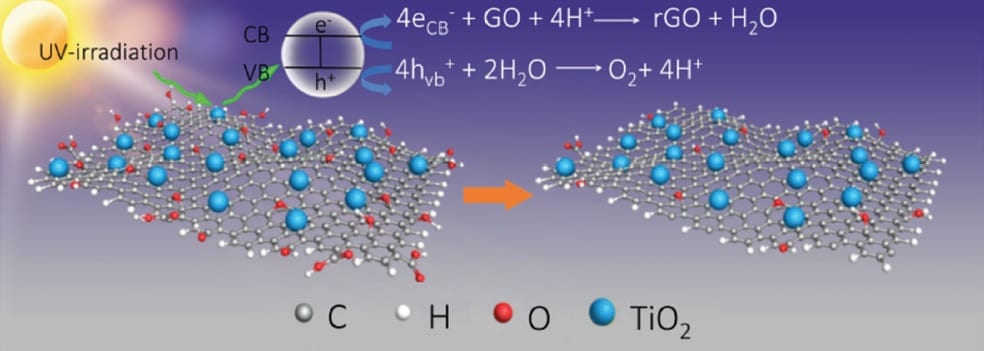
An easy, step-by-step filtration forms energy-storing membranes with good mechanical stability, taking the sandwiched form of rGO-TiO2/rGO/rGO-TiO2.
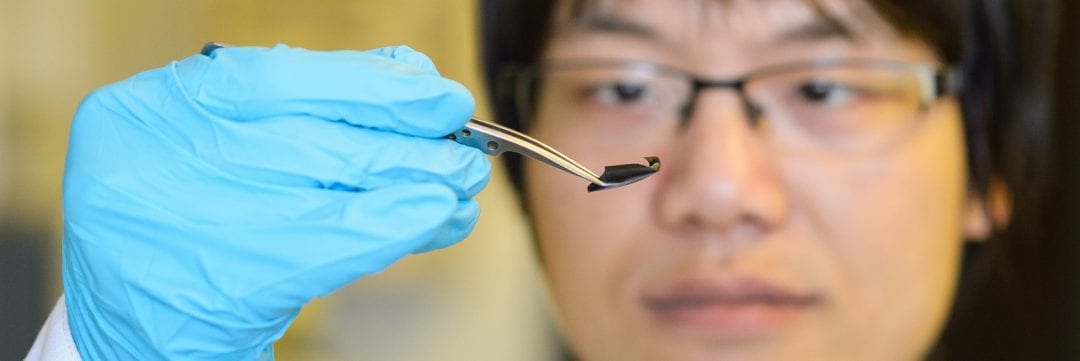
Physicists have developed a thin nanomaterial with superconducting properties. Below -200°C these materials conduct electricity without loss, levitate magnets and can screen magnetic fields.
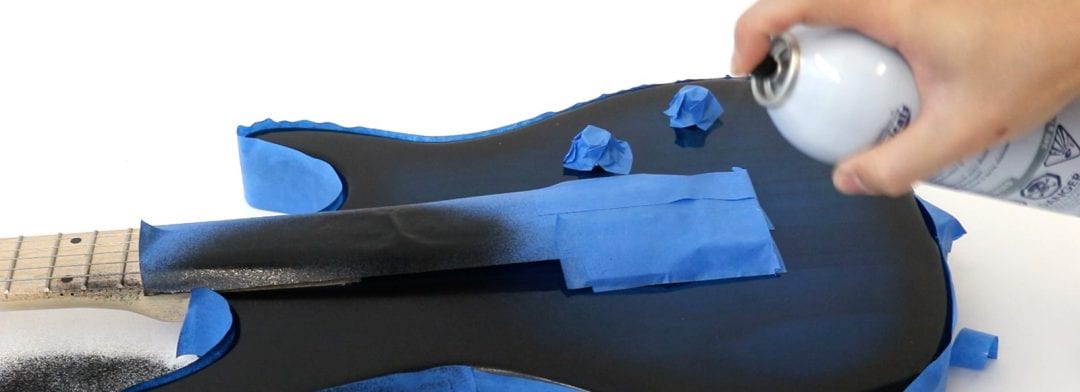
Researchers added low-cost touch sensing to objects of almost any shape.

The new self-healing hydrogel can recover its functionalities after being cut, without external stimuli.
Researchers demonstrate a facile method and novel mechanism using microneedle-structured polydimethysiloxane for triboelectric (nano)generator (TEG/TENG) applications.
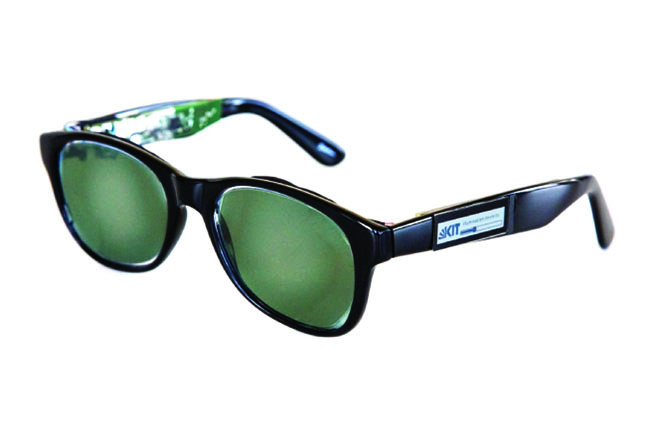
In an important step forward for wearable electronics, researchers design and build a set of “solar glasses”, which integrate transparent solar cells into the lenses and electronics into the frames, to measure and display the instantaneous light intensity and ambient temperature.
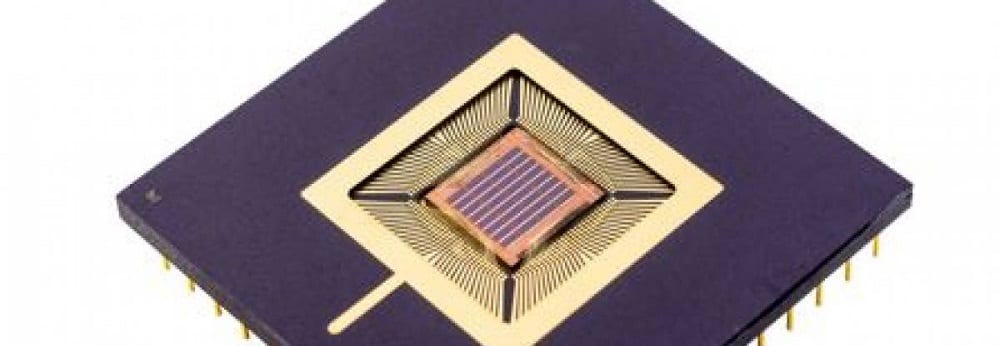
A brain-inspired, neuromorphic chip has the capability of self-learning and has been demonstrated the ability to compose music.

Computer simulations provide valuable and often critical insight into the structure and properties of materials and molecules.